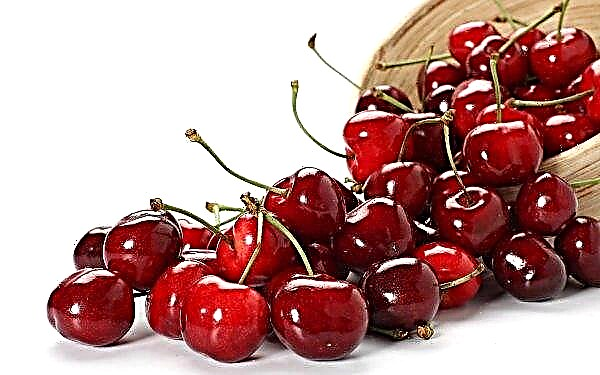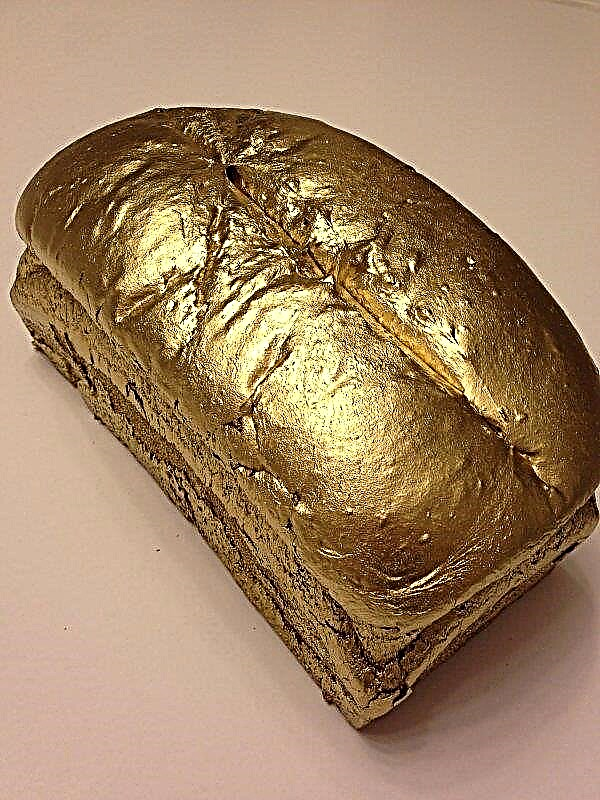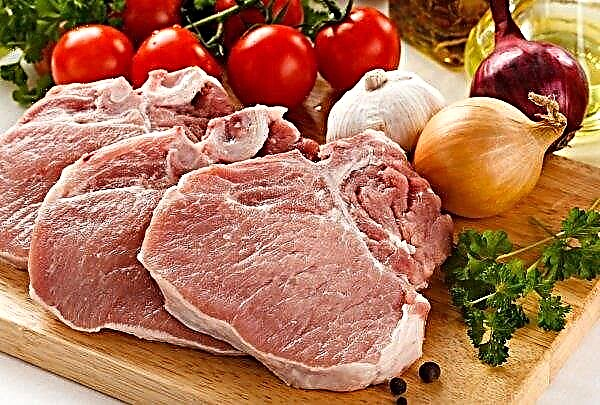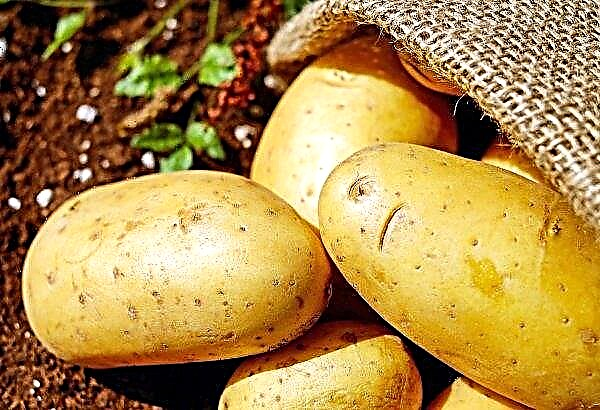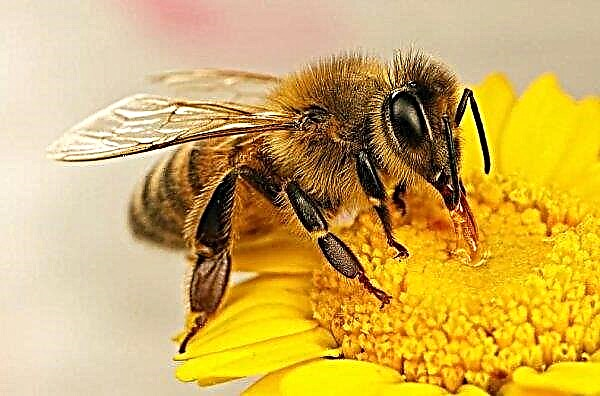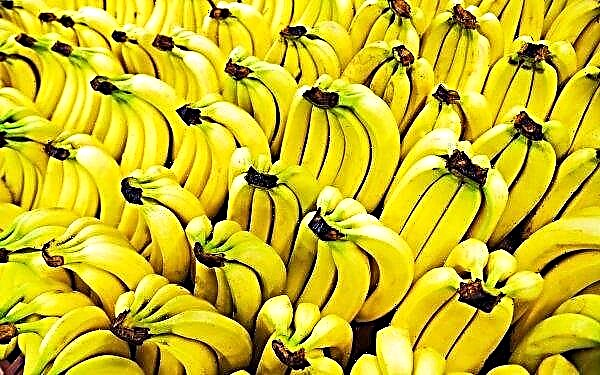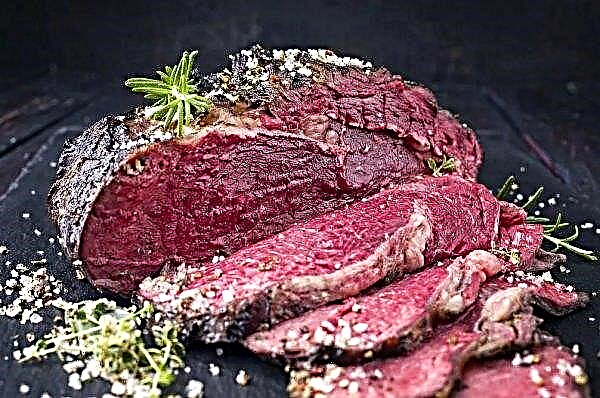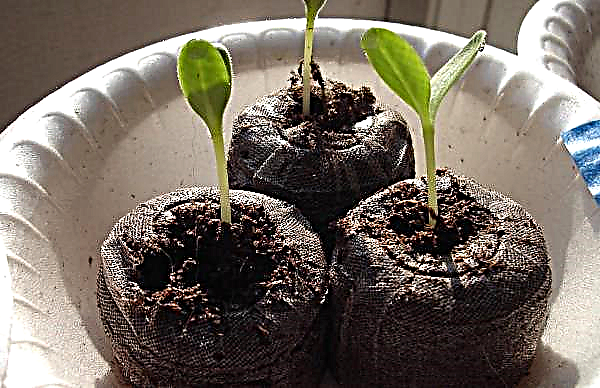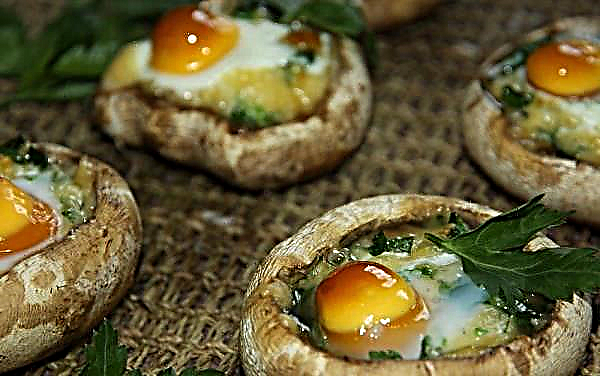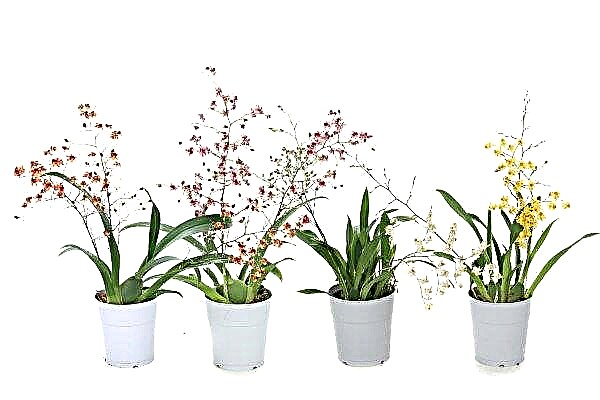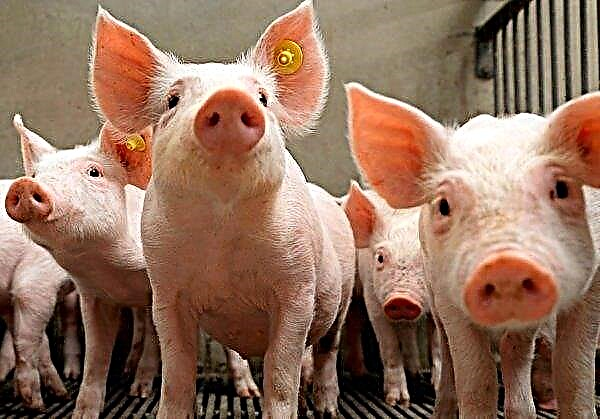In addition to canning white cabbage, which occupies the first place among the vegetables used, preparations for the winter from Brussels are very popular. Preservation with this product looks very beautiful and appetizing, and also contain a sufficient amount of nutrients. In this review, we will consider delicious recipes with photos of preparing such an unusual vegetable in different ways.
Selection and preparation of ingredients
It is necessary to harvest the ingredients, choosing only the best and high-quality products. To prepare a sauerkraut, heads of cabbage must be firm and tight, preferably the same size.
Important! Fresh Brussels sprouts have a rich dark green color of dense heads of cabbage without dark spots.
Step-by-step recipes for harvesting brussels sprouts for the winter
The range of cooking Brussels vegetable for the winter at home is very large. It can be pickled, salted, fermented, canned separately or with other products. Serve to the table in the form of appetizers or salads.
Pickling

22–3 hours
Brussels sprouts
450 g
black peas
3-4 pcs.
yellow mustard seeds
1/4 Art. l
allspice
1-2 pcs.
Nutritional value per 100 g:
- Remove the top leaves from the heads of cabbage, cut in half, rinse with running water in a colander and dry slightly.
- Salt water, boil, add washed vegetables and cook until they soften.
- Put the cabbage back in a colander so that the glass of water is spread out in banks.
- In each separate container, put the chopped garlic.
- Pour in all the spices in salt water, boil, add vinegar and cook for another 5 minutes.
- Ready marinade pour vegetables in jars.
- Pierce cabbage in containers to the bottom, releasing the accumulated air.
- Roll up the banks and take them to a cold place.

Did you know? Brussels vegetable is able to grow even in cold weather. In the northern countries, residents cover plants with hay and cut off heads of cabbage throughout the winter, as needed.
Salting

1 can for 2 l1.5–2 hours
Brussels sprouts
1 kg
dill greens, caraway seeds, bay leaf
taste
Nutritional value per 100 g:
- Peel, wash, grate carrots.
- Remove damaged or sluggish leaves from the cabbage, if necessary, cut the heads of cabbage in half.
- Mix vegetables, lay in a prepared container in layers, pouring each with spices and herbs.
- Boil water, salt and add sugar.
- Pour vegetables in a jar with hot brine, completely covering them with water.
- Close the container with a plastic cover.

Souring

2 cans per 1 liter 30 minutes / 48 hours
Brussels sprouts
1 kg
black peas
2-3 pcs.
Nutritional value per 100 g:
- Soak the cabbage for 1 hour.
- Boil them for 3-4 minutes in saline.
- Put spices and vegetables in cooked jars.
- Pour with hot brine, cover with a lid, leave for 2 days at room temperature for fermentation.
- After 2 days, roll up the containers, hide in the cellar.

Important! In order for cabbage heads to evenly boil, they must be cut crosswise at the base before being thrown into boiling water.
Canning with vegetables

1 can for 2 l 1 hour / 3 days
Brussels sprouts
1 kg
bulb onions
6 small onions
allspice peas
5 pieces.
black pepper peas
5 pieces.
Nutritional value per 100 g:
- Divide the heads of cabbage into 2 or 4 parts, depending on their size.
- Peel and cut the carrots in circles 1.5–2 cm thick.
- Sweet pepper cut into cubes 1-1.5 cm in size.
- Put spices, onions, carrots, peppers and cabbage in a sterilized jar.
- Boil 1.5 liters of water in a saucepan, adding salt and sugar.
- Pour vegetables in a jar with boiling marinade, roll up, turn upside down for cooling.
- After 3-4 days, the pickled vegetables are ready.

Storage methods
Storing brussels sprouts must be in a dark, dry and cool room at a temperature in the range 0 ... + 5 ° С. You can also store in the refrigerator, but not for a long time.
Did you know? Scientists have proven that regular consumption of Brussels sprouts reduces the risk of breast cancer.
Brussels sprouts are very diverse. It can be pickled, salted, made from vegetable preparations salads, snacks. You can eat the dish immediately after salting, pickling, pickling or specifically in winter. Appetizer will appeal to everyone not only for its unusual appearance, but also for its excellent nutritional qualities.

